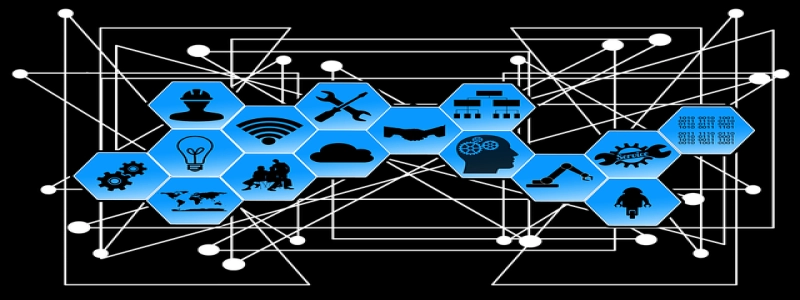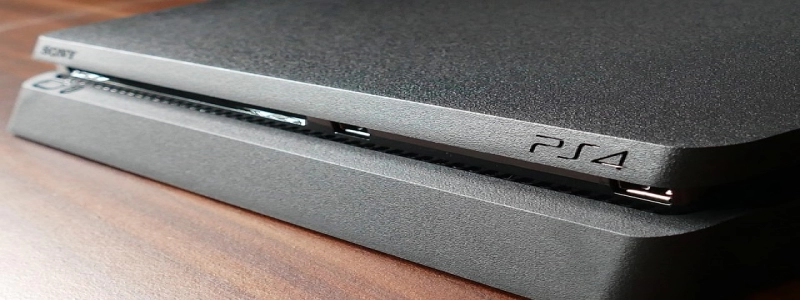Ethernet to Fiber
Introduction:
In this article, we will discuss the concept of Ethernet to Fiber connectivity, its advantages, and how it works. We will delve into the technicalities of converting Ethernet signals to fiber optics and explore the benefits it offers in terms of speed, distance, and security.
I. What is Ethernet to Fiber?
Ethernet to Fiber conversion refers to the process of converting Ethernet signals, which are transmitted over copper cables, into signals compatible with fiber optic cables. This allows for long-distance, high-speed data transmission while minimizing signal degradation and interference.
II. Advantages of Ethernet to Fiber:
1. Increased Speed: Fiber optic cables can transmit data at much higher speeds compared to traditional copper cables. Ethernet to Fiber conversion enables organizations to harness this increased bandwidth for faster data transfer, resulting in improved network performance and reduced latency.
2. Longer Distances: Fiber optic cables can transmit data over much longer distances without significant signal loss. By converting Ethernet signals into fiber optics, companies can extend their network coverage and connect distant locations without compromising data integrity.
3. Enhanced Security: Fiber optic cables are extremely difficult to tap or intercept compared to traditional copper cables. As a result, Ethernet to Fiber conversion enhances network security, making it harder for unauthorized access and data breaches to occur.
III. How does Ethernet to Fiber work?
1. Ethernet to Fiber Media Converters: Media converters are devices used to convert Ethernet signals into fiber optic signals. They receive the Ethernet input, convert it into an appropriate format for fiber optic transmission, and then transmit it over the fiber optic cable. At the receiving end, another media converter is used to convert the fiber optic signals back to Ethernet signals for further processing.
2. Fiber Optic Transceivers: Another way to achieve Ethernet to Fiber conversion is through the use of fiber optic transceivers. These devices, also known as Ethernet SFP modules, plug directly into the Ethernet switch or router. They convert the Ethernet signals into fiber optic signals and transmit them over the fiber optic cable. At the receiving end, another transceiver converts the fiber optic signals back to Ethernet signals.
Conclusion:
Ethernet to Fiber conversion is a crucial technology for organizations looking to enhance their network performance, extend network coverage, and improve data security. By converting Ethernet signals into fiber optics, businesses can take advantage of increased speed, longer distances, and enhanced security offered by fiber optic communication. With the use of media converters or fiber optic transceivers, Ethernet to Fiber conversion is a practical and efficient solution for modern networking needs.








